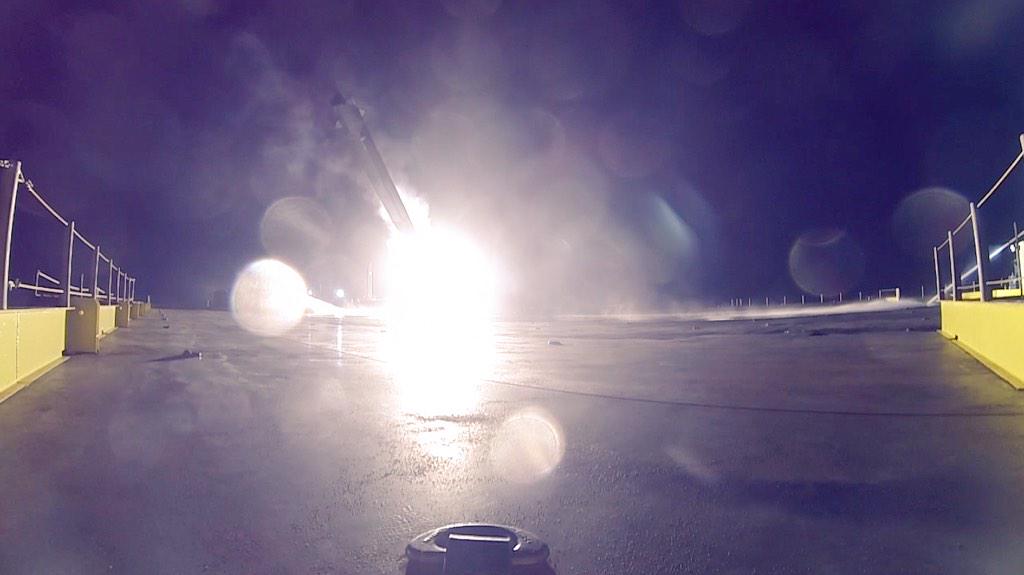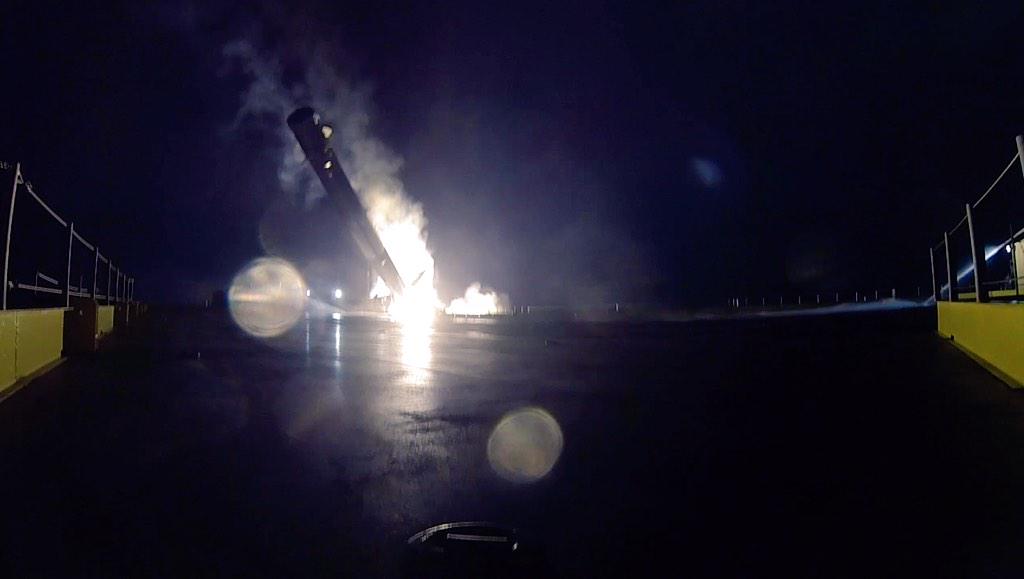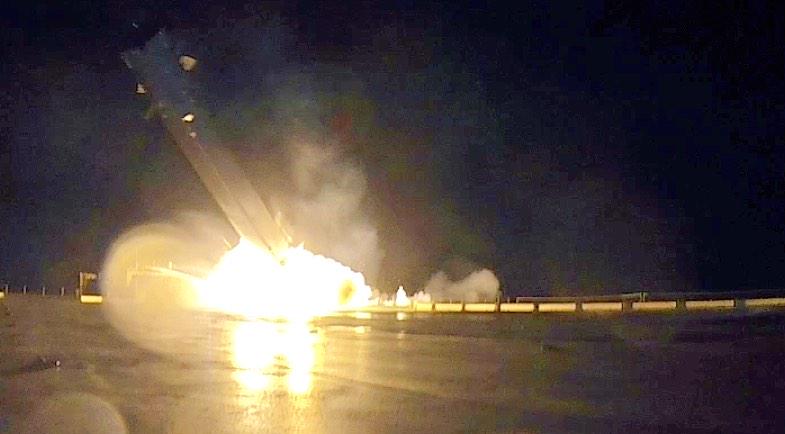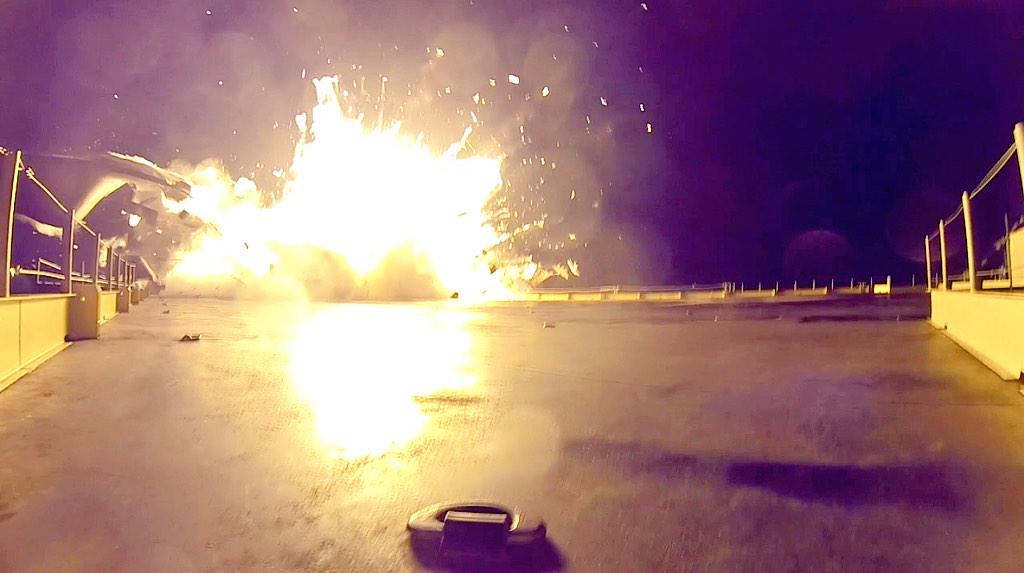The Dragon that no-one cares about these days is entering ISS port this moment.... 
You are using an out of date browser. It may not display this or other websites correctly.
You should upgrade or use an alternative browser.
You should upgrade or use an alternative browser.
Updates SpaceX Falcon 9 F5 CRS SpX-2 through CRS SpX-12 Updates
- Thread starter Kyle
- Start date
- Joined
- Oct 11, 2009
- Messages
- 3,484
- Reaction score
- 403
- Points
- 123
- Location
- Utrecht
- Website
- www.spaceflightnewsapi.net
The Dragon that no-one cares about these days is entering ISS port this moment....
My setup at the office:
PC with 2 monitors. One of the monitors is Dragon feed only.
Surface 2 RT with twitter.
iPhone 6 for when I'm away from my desk.
So some of us still care :thumbup:
One of the live feeds: http://www.nasa.gov/multimedia/nasatv/index.html#.VLOVAF02x0w
Spacethingy
Multitasker
- Joined
- Sep 9, 2010
- Messages
- 1,515
- Reaction score
- 0
- Points
- 36
- Location
- Not the anti-matter universe
- Website
- spacethingy.weebly.com

I'm trying to work out what happened from that image - those containers look fried, but apart from that, there doesn't seem to be any damage like something big hit it. I wonder how far away the rocket would have to be to do that kind of burning damage?
- Joined
- Oct 11, 2009
- Messages
- 3,484
- Reaction score
- 403
- Points
- 123
- Location
- Utrecht
- Website
- www.spaceflightnewsapi.net
A photo I haven't seen here yet:


- Joined
- Oct 11, 2009
- Messages
- 3,484
- Reaction score
- 403
- Points
- 123
- Location
- Utrecht
- Website
- www.spaceflightnewsapi.net
Capture confirmed! 18 minutes ahead of schedule.
- Joined
- Oct 11, 2009
- Messages
- 3,484
- Reaction score
- 403
- Points
- 123
- Location
- Utrecht
- Website
- www.spaceflightnewsapi.net
All 16 bolts in the common berthing mechanism have driven to create a firm connection between Dragon and the Harmony module. The commercial spacecraft is now part of the International Space Station.
Prowler901
New member
- Joined
- Jul 2, 2008
- Messages
- 35
- Reaction score
- 0
- Points
- 0
- Location
- Upstate NY
- Website
- steammachine.com
So, I've read a couple articles stating that the stabilizing fins ran out of hydraulic fluid. And, that the next mission will have more hydraulic fluid. I've never heard of an open hydraulic system. Why isn't this a closed loop system?
- Joined
- Feb 6, 2008
- Messages
- 37,605
- Reaction score
- 2,327
- Points
- 203
- Location
- Wolfsburg
- Preferred Pronouns
- Sire
So, I've read a couple articles stating that the stabilizing fins ran out of hydraulic fluid. And, that the next mission will have more hydraulic fluid. I've never heard of an open hydraulic system. Why isn't this a closed loop system?
Because in many aerospace applications, its simpler to just use Kerosene as "second grade hydraulic fluid". it isn't perfect, but works well and is available in huge numbers. It is for example usually used for the TVC of many rocket engines.
But as the kerosene is consumed by the engines, you slowly run out of fuel and hydraulic fluid. usually, you run out of enough kerosene to power hydraulics before you run out of propellant for the engines.
Also and more likely, the Falcon used an APU for providing hydraulic pressure, when the APU runs out of fuel or battery power, you also loose hydraulic power.
Last edited:
Prowler901
New member
- Joined
- Jul 2, 2008
- Messages
- 35
- Reaction score
- 0
- Points
- 0
- Location
- Upstate NY
- Website
- steammachine.com
Learn something new everyday. Thanks Urwumpe. 
MaverickSawyer
Acolyte of the Probe
I've never heard of an open hydraulic system. Why isn't this a closed loop system?
Mass savings? Think about how much a line of fluid running up the stage to the actuator weighs. 20, 30, maybe even 40 kilos for the whole system? Switch to an open system and you could save quite a bit of weight.
ISProgram
SketchUp Orbinaut
Last edited:
MaverickSawyer
Acolyte of the Probe
Holy...
OUch!
Prowler901
New member
- Joined
- Jul 2, 2008
- Messages
- 35
- Reaction score
- 0
- Points
- 0
- Location
- Upstate NY
- Website
- steammachine.com
Not to worry fellas. You'll get 'em next time. 
SanderBuruma
New member
- Joined
- May 11, 2014
- Messages
- 40
- Reaction score
- 0
- Points
- 0
What I'm seeing is the F9 1st stage tipping over and exploding? Did it land upright at first?
- Joined
- Feb 6, 2008
- Messages
- 37,605
- Reaction score
- 2,327
- Points
- 203
- Location
- Wolfsburg
- Preferred Pronouns
- Sire
What I'm seeing is the F9 1st stage tipping over and exploding? Did it land upright at first?
No, the series of images look like the rocket was already tipped over before impacting. The grid fins should have nearly zero impact at low speeds, so a failure of them can only have impact before starting to slow down.
Looks like the rocket was again destabilized during landing and impossible to stabilize by the TVC in the short time available before touchdown. And if a rocket is tumbling out of control around the desired axis of the guidance system ("like a moth towards the light"), it also has much less effective acceleration available for slowing down and controlling flight - the most effective time of ignition is then far too late or the fuel not enough.
- Joined
- Oct 11, 2009
- Messages
- 3,484
- Reaction score
- 403
- Points
- 123
- Location
- Utrecht
- Website
- www.spaceflightnewsapi.net
On the road, but here's a link to a video of the "landing" https://twitter.com/spacex/status/556131313905070081
- Joined
- Feb 6, 2008
- Messages
- 37,605
- Reaction score
- 2,327
- Points
- 203
- Location
- Wolfsburg
- Preferred Pronouns
- Sire
On the road, but here's a link to a video of the "landing" https://twitter.com/spacex/status/556131313905070081
Next time SpaceX will sink the damn ship. :lol: :thumbup:
Similar threads
- Replies
- 1
- Views
- 697
General Question
Satellite STS payloads setup
- Replies
- 20
- Views
- 3K





